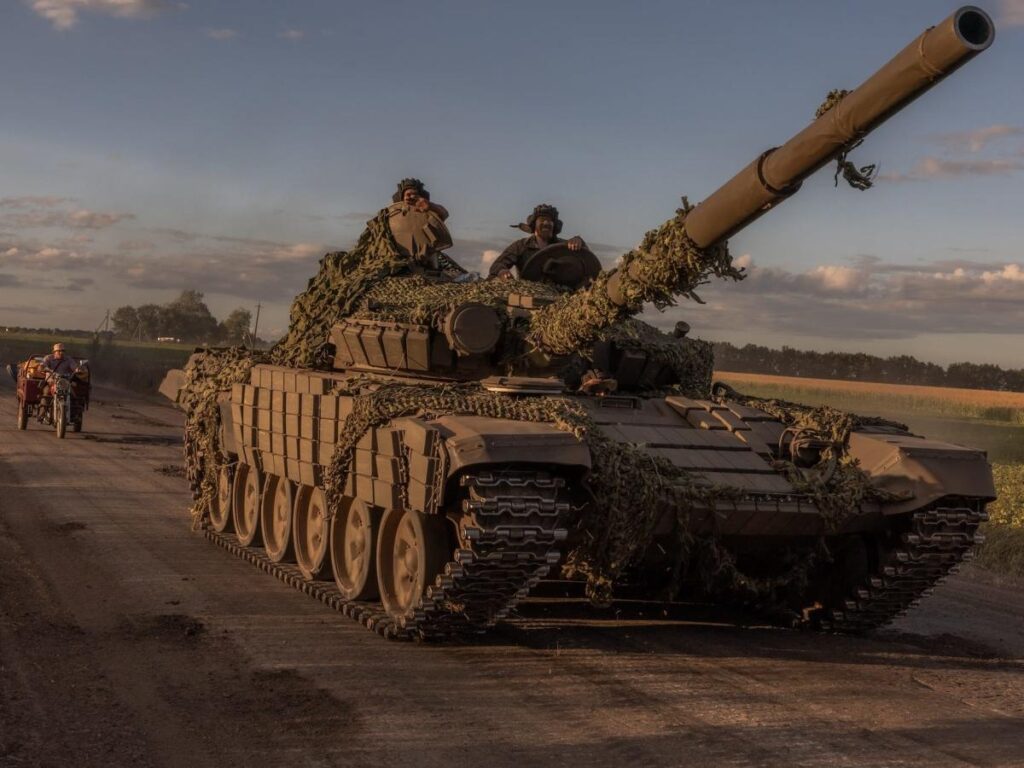The recent Kursk offensive by Ukraine surprised many, including military analysts who believed that large-scale surprise attacks were nearly impossible in the modern warfare landscape dominated by extensive surveillance capabilities. Drones, spy planes, and satellites are prevalent, leading to the expectation that any concentrated troop movements would be quickly detected, allowing defenders to reinforce their positions. In the case of Ukraine’s offensive, however, the concentration of Russian surveillance resources primarily focused on other fronts left their defenses in the Kursk region vulnerable. Despite the risks, Ukraine successfully managed a surprise maneuver that culminated in the acquisition of 500 square miles of territory. This operation challenged the prevailing notion that operational surprise was unachievable on data-rich battlefields.
The strategy employed by Ukraine for the Kursk offensive bears resemblance to historical military tactics, specifically Germany’s surprise attack during the Battle of the Bulge in December 1944. In that instance, German leaders identified a weak point in Allied defenses in the Ardennes forest region and exploited it. For Ukraine, the offensive was preceded by thorough preparation, which included careful reconnaissance to identify weaknesses in Russian defenses, similar to the German command’s tactics. Massing their best brigades in the region allowed Ukraine to stretch thin Russian forces along the expansive 600-mile front, as much of Russia’s military might was concentrated in eastern Ukraine, providing an opportunity for a focused and unexpected offensive.
Careful planning and secrecy characterized Ukraine’s preparation for the Kursk offensive, as was the case with the German forces during their Ardennes operation. Ukraine’s high command under General Oleksandr Syrskyi conducted planning sessions with a limited number of senior officials to minimize the chances of detection by Russian intelligence. Even the troops involved were informed of their true mission only shortly before the operation commenced, maintaining a veil of secrecy that reduced the risk of intelligence leaks. An elaborate disinformation campaign also played a role; for instance, Ukrainian forces misled Russian intelligence about their capabilities and intentions, akin to the German strategy of creating false narratives about their operations.
To enhance the chances of success for their offensive, Ukraine took several tactical measures to disrupt Russian intelligence, surveillance, and reconnaissance (ISR) capabilities. This included targeted attacks on Russian airfields, with the goal of blinding Russian surveillance efforts. The tactical use of drones to eliminate Russian UAVs and the employment of artillery and rocket systems to strike command centers helped to dilute the Russian forces’ ability to respond effectively. The timing of Ukraine’s attack coincided with adverse weather conditions that limited visibility and reconnaissance efforts, a strategy reminiscent of the German operation which was executed during a foggy period that hindered Allied capacities to anticipate the assault.
While Ukraine achieved some tactical victories during the Kursk offensive, the outcome still raises questions regarding the ultimate effectiveness of this surprise maneuver. Unlike the potential decisive breakthrough that German forces sought at the Battle of the Bulge, Ukraine’s offensive has only been partially successful, in that it didn’t significantly divert Russian military resources from the critical eastern front. Ongoing Russian counterattacks also have begun to close the Ukrainian gains. Therefore, while the operation showcased the feasibility of surprise in the contemporary battlefield, it remains uncertain whether such tactics will lead to a transformative shift in the broader conflict.
The experience gained from Ukraine’s Kursk offensive might yield valuable insights applicable to future military operations in various contexts. As military doctrines evolve, understanding how operational surprise can be achieved in the age of drones and heightened surveillance is crucial. Despite the initial successes and lessons learned from this campaign, the enduring challenges of momentum, control over territory, and strategic decisiveness echo the pitfalls exemplified during the Battle of the Bulge. The implications for military education and doctrine development, particularly concerning large-scale combat operations, are significant, as Ukrainian strategy may serve as a case study for future endeavors in modern warfare.

